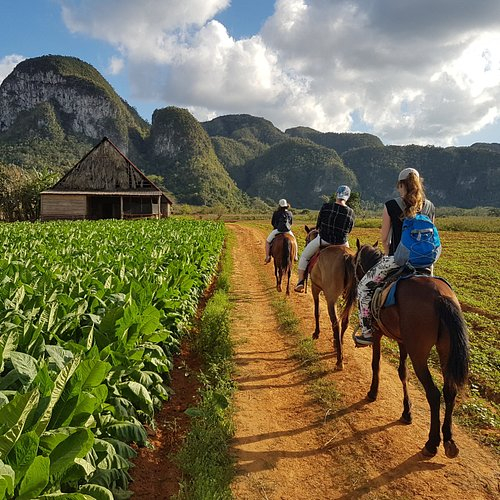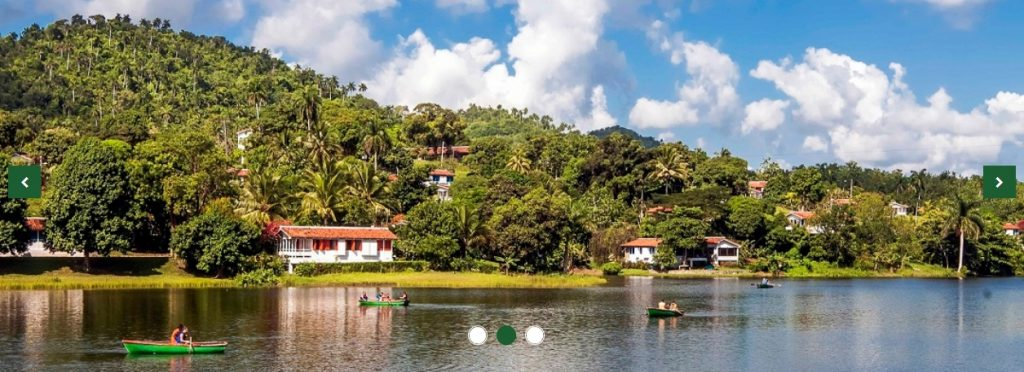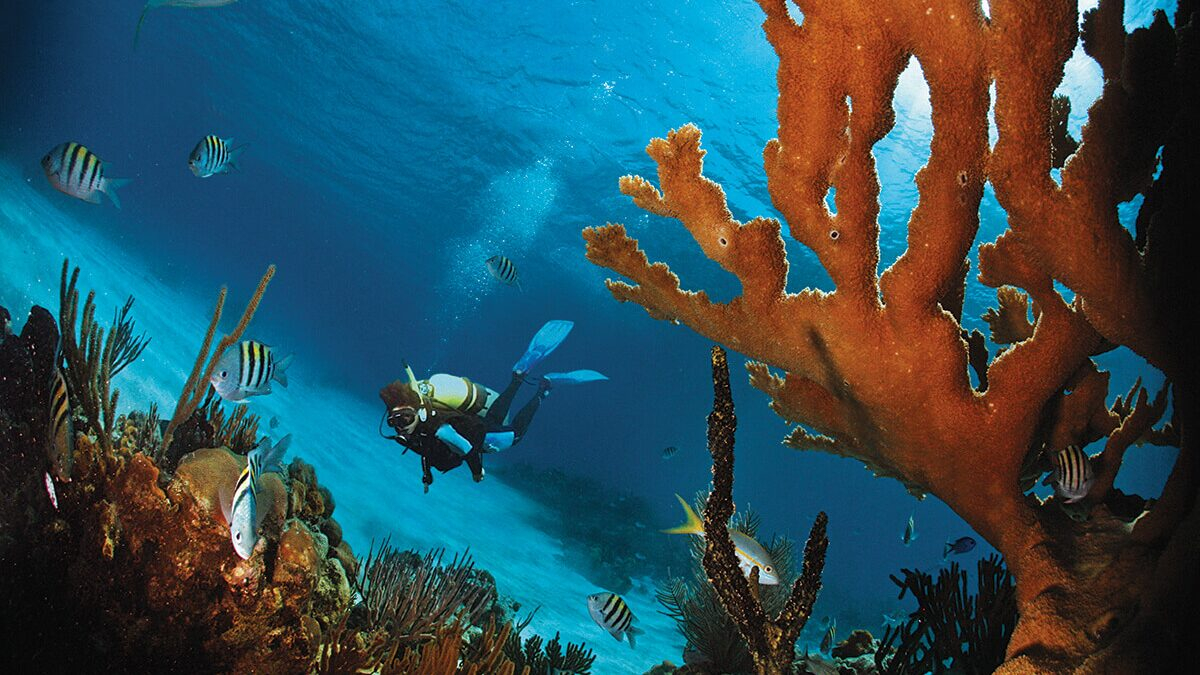Cuba is one of the Caribbean’s most naturally preserved islands, with lush rainforests, coral reefs, and traditional rural life still largely untouched by mass tourism. As visitor numbers rise, sustainable tourism in Cuba has become essential to protect its ecosystems and cultural heritage while supporting local communities. This guide explains how you can explore Cuba responsibly — minimizing impact and maximizing positive connections.

What Sustainable Tourism Means in Cuba
Sustainability in Cuba goes beyond environmental protection. It also embraces local development, cultural preservation, and fair distribution of tourism benefits. The Cuban government and independent cooperatives work together to balance growth with conservation — ensuring that visitors experience the island authentically without overwhelming its limited infrastructure.
- Environmental focus: conservation of national parks and marine reserves.
- Cultural focus: safeguarding music, architecture, and rural traditions.
- Social focus: supporting small businesses, family-run casas particulares, and cooperatives.
Eco-Friendly Accommodations
Staying in sustainable lodgings is one of the best ways to contribute to responsible tourism in Cuba. The island offers an increasing number of eco-lodges, organic farms, and solar-powered guesthouses.
- Las Terrazas (Pinar del Río): A UNESCO-recognized eco-village that integrates reforestation, local art, and community tourism.
- Villa Guajimico (Cienfuegos-Trinidad route): An eco-resort set between mountains and sea, ideal for diving and hiking.
- Finca Tungasuk (Artemisa): An organic farm run by Cuban-Norwegian owners focusing on sustainable agriculture and slow food.

Community-Based Tourism
Local participation is central to Cuba’s sustainability model. By staying in casas particulares (family-run homestays), dining in paladares (private restaurants), and booking tours directly with local guides, travelers ensure money remains within communities.
- Choose locally owned accommodations instead of large international hotels.
- Book rural experiences — tobacco farms, art workshops, or music lessons.
- Support cooperatives that offer fair wages and cultural exchange.
This approach provides authentic insight into Cuban daily life while reducing economic leakage to foreign corporations.
National Parks & Nature Conservation
Cuba is home to some of the Caribbean’s most biodiverse ecosystems. Over 20% of the island’s territory is designated as protected area — a higher proportion than most countries in the region. Visitors can explore these parks with certified guides to ensure minimal environmental disturbance.
- Viñales Valley: Sustainable farming and eco-trekking through tobacco fields.
- Topes de Collantes: Hiking trails, waterfalls, and reforestation projects near Trinidad.
- Parque Nacional Alejandro de Humboldt: UNESCO World Heritage rainforest with rare endemic species.
- Zapata Peninsula: Birdwatching and mangrove conservation in the Caribbean’s largest wetland.

Reducing Your Environmental Impact
Traveling sustainably in Cuba requires a little planning but offers huge rewards. Because resources like water, fuel, and internet are limited, small habits make a big difference.
- Bring a refillable water bottle and reusable shopping bag.
- Avoid single-use plastics; recycling infrastructure is limited.
- Turn off air-conditioning when not in use and minimize laundry loads.
- Respect wildlife — never feed animals or remove shells, coral, or plants.
- Walk or use bicycles for short distances instead of taxis when possible.
Responsible Diving & Marine Protection
Cuba’s marine ecosystems — especially around Jardines de la Reina and Cayo Largo — are among the healthiest coral reefs in the Caribbean. Sustainable diving practices are strictly enforced to preserve these habitats for future generations.
- Book with certified dive centers that follow reef-friendly protocols.
- Do not touch or stand on coral reefs.
- Use reef-safe sunscreen to prevent chemical contamination.
- Join local clean-up initiatives or marine research projects if available.

Supporting Local Culture & Heritage
Sustainability also means cultural respect. Cuba’s artistic and musical traditions are the heartbeat of its identity — travelers can help preserve this by engaging meaningfully rather than passively observing.
- Visit community art projects such as Fábrica de Arte Cubano in Havana.
- Attend live performances instead of commercial shows.
- Buy directly from artisans and street performers.
- Ask before photographing locals or entering private property.
Government & NGO Initiatives
Cuba collaborates with UNESCO, UNDP, and national agencies to strengthen eco-tourism and cultural protection programs. Projects like Turismo Responsable promote environmental education and training for local guides. International partnerships also fund renewable energy and waste-management systems in tourism zones.
Practical Tips for Responsible Travelers
- Travel in small groups — large tours strain local resources.
- Learn basic Spanish phrases to connect with hosts respectfully.
- Tip fairly — tourism income supports many Cuban families.
- Be patient with infrastructure; sustainability in Cuba is evolving gradually.
Where to Go Next
- About Cuba – learn more about Cuba’s geography and culture.
- Top Destinations in Cuba – explore eco-friendly travel routes.
- Cuba Travel Tips – practical advice for sustainable travel planning.
Sustainable tourism in Cuba is more than a trend — it’s a movement toward conscious exploration. By choosing local experiences, reducing waste, and respecting nature and culture, you help protect the island’s beauty for generations to come.
